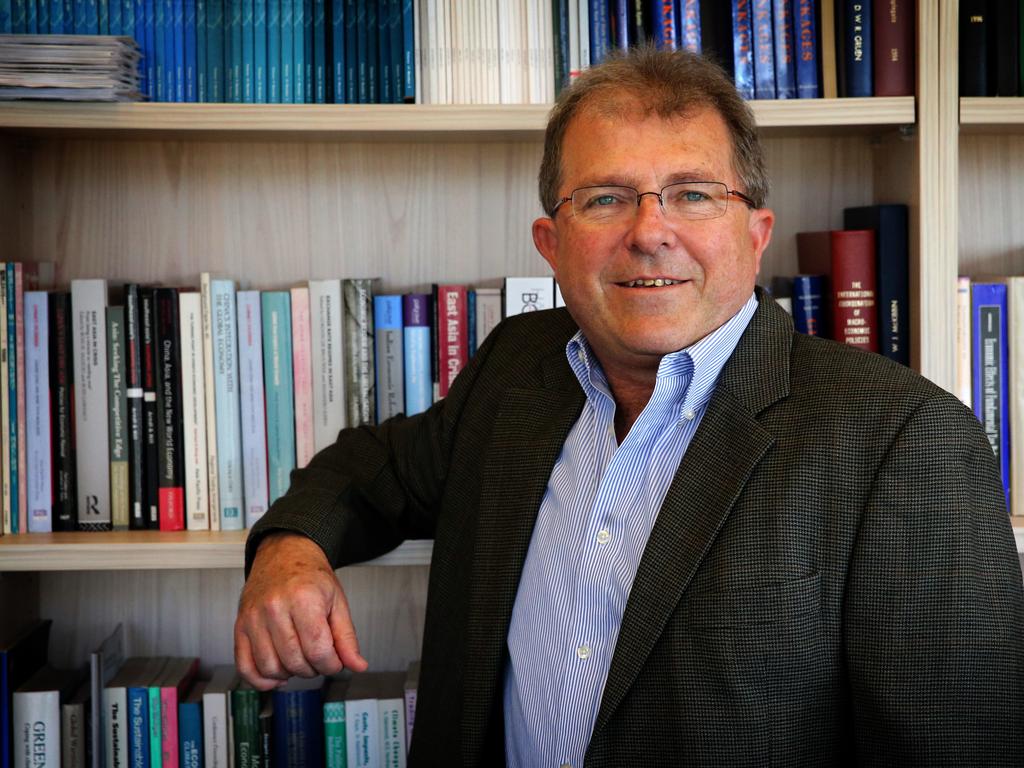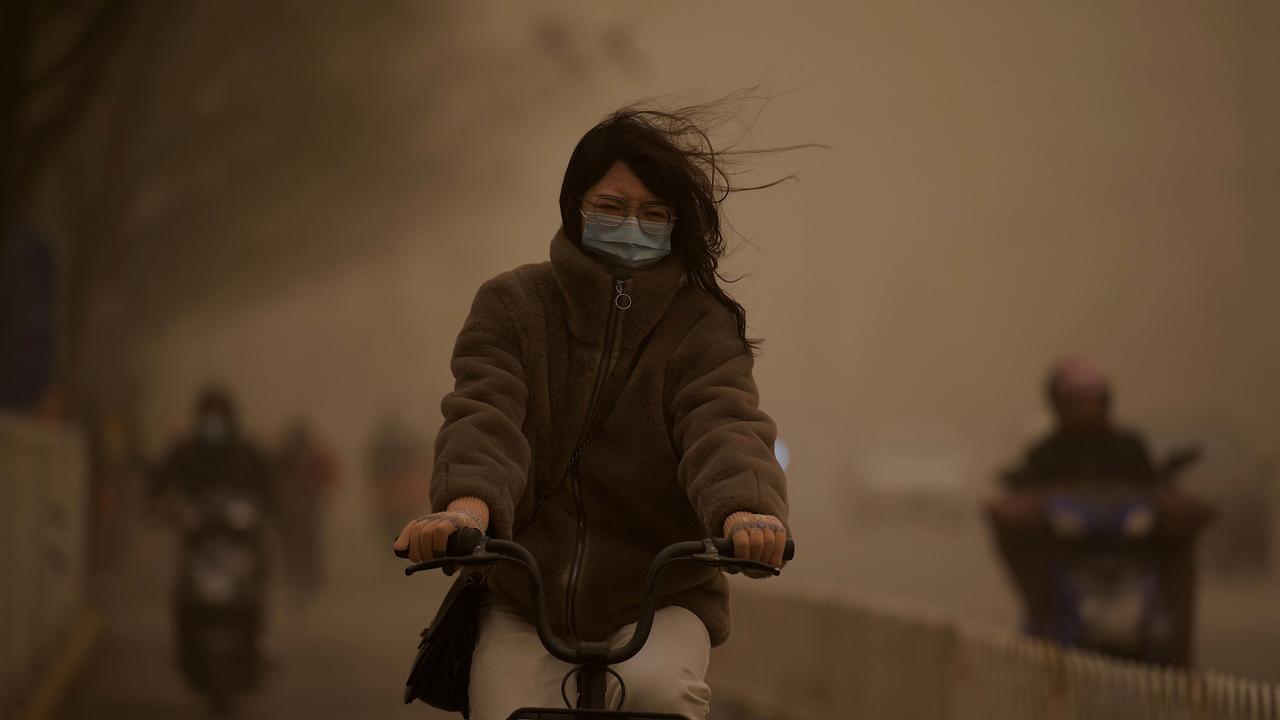How the world is cutting emissions and how Australia compares
The race is on to limit global warming to 2 degrees. Here’s what the rest of the world is doing – including China – and how Australia compares.
The nations of the world will assemble for the Glasgow climate conference on November 1 with inadequate plans for slashing greenhouse gases, and the largest emitter planning a massive expansion of fossil fuel projects.
While most major emitters have vowed to slash emissions to net zero by 2050 or 2060, a September report card on the Paris Agreement climate targets found global emissions are still rising, and they’re likely to be nearly 60 per cent above 1990 levels in 2030.
This is despite several countries announcing bold new emissions targets earlier this year. US President Joe Biden committed to 50-52 per cent cuts by 2030; Canadian Prime Minister Justin Trudeau opted for 40-45 per cent; and British Prime Minister Boris Johnson went all out with a promise to reduce greenhouse gases by 76 per cent by 2035.
The UN Framework Convention on Climate Change report card found there is now an “urgent need” for countries to increase their targets, smash their existing targets, or do both, in order to keep global warming below 2 °C.

Australia is facing increasing pressure to commit to net zero emissions by 2050, and to do better than its Paris Agreement pledge to lower greenhouse gases by 26-28 per cent by 2030.
Latest figures show Australia has trimmed its emissions by just under 21 per cent from 2005 levels already. The European Union has reduced its emissions much more substantially, by about 24 per cent on 1990 levels, while the USA has gone slightly backwards, with its emissions increasing by about 2 per cent over the same period.
But the big concern is with China, the world’s largest emitter, which is adding coal-fired power stations to its energy network at a staggering rate.
In 2020 alone Beijing added more than 38 gigawatts of new coal-fired energy capacity to the national grid. For comparison, that’s about one and a half times the total output from all of Australia’s coal-fired power stations.
And according to Professor Warwick McKibbin from the Crawford School of Public Policy at ANU, there’s a lot more to come.
“They’ve got something like 250 gigawatts of coal capacity in the pipeline to be built,” he said. “You’ve got to swing a lot from where we are today to a 2060 net zero. It’s a big job.”
China became the world’s largest emitter of carbon dioxide in 2007, and it now accounts for 28 per cent of all emissions. Australia produces about 1.4 per cent of global emissions.

But looking at action on reducing greenhouse gases can be cut and diced in many ways.
Want to talk about emissions trading schemes? China has one; Australia does not. Compare tonnes of carbon emitted per head of population, and Australia’s tally (17.10) is more than double China’s (7.38). Look at which country is using the most energy from renewable sources, and China is way ahead of every other country. Look at who’s pumped more greenhouse gas into the atmosphere since the start of the industrial revolution, and Europe leads the pack, followed by the USA, and then China, with Australia just a bit player.
Consider the structure of different economies, and yet another set of considerations arise.
“The amount that [a country is] cutting is not really a good representation of effort,” Prof McKibbin said. “For example in the UK, Margaret Thatcher closed down the coal industry and they can now easily hit decarbonisation targets for almost no cost, whereas Australia has an enormous endowment of fossil fuels and an economy (connected) to that.”
The complexity of global climate politics has not been helped by countries cherrypicking baseline years for their targets to maximise their successes, and a lack of transparency around data.
Scott Morrison picked up on this point when releasing the latest national emissions figures in August, saying Australia was the only country to offer full transparency across “every sector, every gas, every quarter”.
“No other country does that,” he said.
Prof McKibbin said the Kyoto Protocol-era of global climate politics (1997) was about targets and timetables for participating countries, and the Paris Agreement-era (2015) was about nationally determined contributions, but Glasgow will be focused squarely on net zero.
“The whole game has shifted,” he said. “Now everyone is talking about everyone going to zero, but that’s a different world then ‘Let’s reduce as much as we can, wherever it’s low cost’. It’s now basically everyone should be eliminating CO2 from their economies. That is a world where you’re going to have to co-operate across countries because that’s going to require massive transformation of economies.”

“What’s also changed since Paris has been the increased climate events, which has shown that we’re well and truly on the road towards some serious problems,” Prof McKibbin said.
Those environmental catastrophes, like the floods that inundated central and western Europe in July, have an obvious economic cost, but Prof McKibbin said there’s another cost of climate change which is emerging.
“When people say Australia is about one per cent of global emissions, that’s factually correct. But a lot of our income comes from what other countries are using of our exports, so if we don’t do anything, if we just stand back with our head in the sand, we’re going to get hit with a massive economic shock coming from other people’s policies.”
And it’s a problem that simply has to be solved, said Professor Will Steffen from the Climate Council.
“With increasing fires, floods and extreme heat, the climate system is on the verge of getting out of control, and that’s going to be a future that’s not going to be compatible with well functioning societies,” he said.
“The thing that people tend to forget is that the risk of not getting on top of this is enormous. It’s almost existential.”
For more on this series go to: www.missionzero2050.com.au
Share your feedback or story: missionzero2050@news.com.au
This story is part of Mission Zero, an education series that aims to show Australia how a net zero world will bring jobs, growth and a cleaner, smarter way of living. As a subscriber you’ll be receiving a daily newsletter that captures the issues we face and how we can take steps to protect our future.
More Coverage
Originally published as How the world is cutting emissions and how Australia compares




